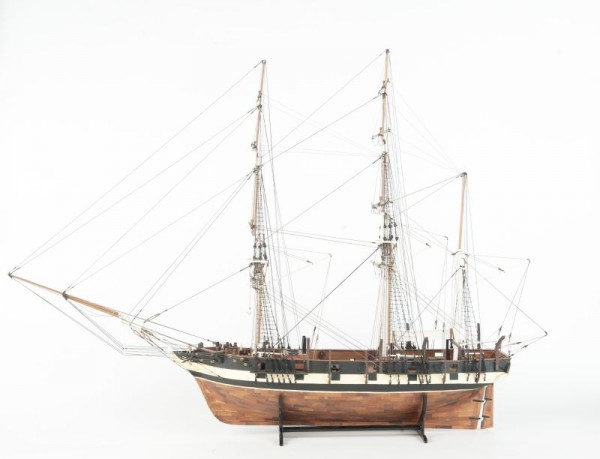The Province of South Australia
South Australia was an unusual settlement within the British Empire. Unlike the older colonies on Australia’s eastern seaboard there were to be no convicts, and this commitment to a ‘free’ settlement was fiercely maintained. Historians are divided about the lasting impact of the absence of the ‘convict taint’ on the province’s society and culture, but an awareness of difference distinguishes South Australians to this day.
South Australia was also created initially as a commercial and administrative partnership between the British Government (represented in the office of the Governor) and the South Australian Colonization Commission. The precise distribution of administrative powers between these two groups was never adequately defined and constant conflict between them marked the early years of settlement. To further complicate matters some members of the Colonization Commission had formed a joint stock company in 1835 to raise sufficient funds in land sales to satisfy the British Government that the new settlement was viable. The South Australian Company became in effect the financial basis of the new settlement, building much of the early infrastructure and providing banking and other financial services. In 1836 the first three vessels to leave Britain for the Province, the John Pirie, Duke of York and Cygnet, were either purchased or chartered by the Company for the voyage.

Model of the ship Duke of York. SA Maritime Museum collection.
Systematic colonisation
South Australia is often described as a ‘planned settlement’. Some have called it a ‘social laboratory’, an attempt to build an improved colony in a nineteenth century sense. It developed from the widespread critique of other colonizing ventures current in liberal circles in Britain in the 1820s and thirties. Most famous perhaps was Edward Gibbon Wakefield, whose Letter from Sydney, actually penned while he was confined in Newgate Prison in 1829, outlined many of the principles of ‘systematic colonisation’ that were to guide the creation of South Australia. Principal amongst these were a commitment to free settlement, the belief that land should be bought not granted, and bought at a sufficient price both to ensure an adequate supply of labour by preventing potential labourers from acquiring land too quickly, and to provide the funds for assisted emigration. There was also a preference for young, fit families as assisted emigrants, to ensure a balance of the sexes. A South Australian Association, formed in December 1833, actively promoted the creation of such a colony in South Australia. Its members included many who were active adherents of various dissenting sects and were influenced by prevailing radical and utilitarian ideas. Robert Gouger, a friend of Wakefield’s, was a prominent member, as was Robert Torrens. Leading members of the Association later became Board members of the South Australian Colonization Commission. [tooltip color=”grey” text=”Protestant sects that had separated from the Established Church or Church of England for a range of theological reasons. “] Dissenters [/tooltip] continued to be very influential in the intellectual and political life of South Australia, reflected in a commitment to freedom of religious expression and to broader principles of social and political debate.
For more information on the events from 1829 leading up to the departure of the first vessels in 1836 see the chronology of events.

Comments or Questions:
4 Responses to “Historical background”